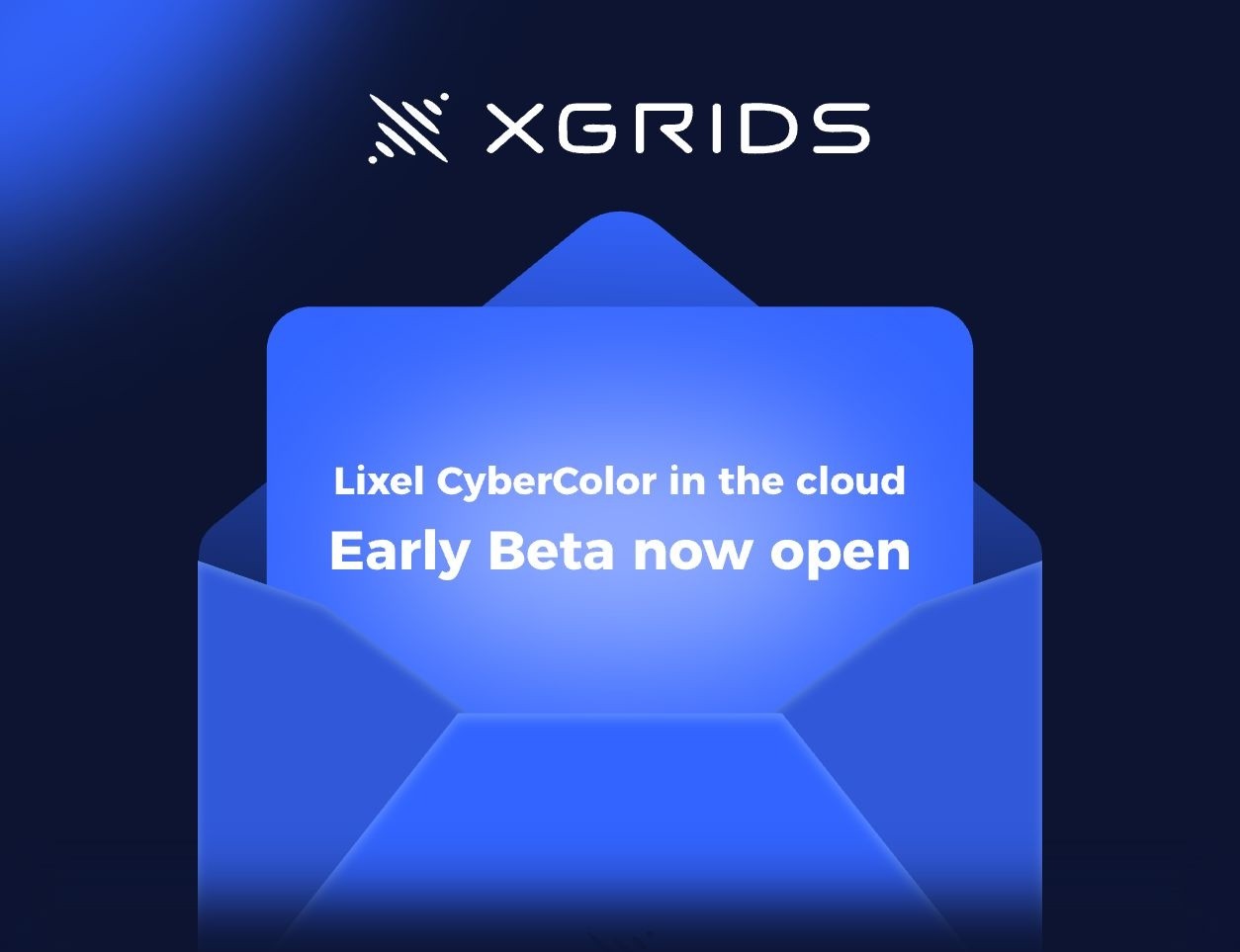
Michael Rubloff
Apr 3, 2025
A couple of weeks after the initial announcement, NVIDIA has officially released v1.0 of the 3DGRT and 3DGUT repository, bringing with it a wave of stability improvements, new features, and an impressive interactive Playground for real-time exploration.
As a reminder, 3D Gaussian Ray Tracing (3DGRT) is a purely ray-traced Radiance Field representation, whereas 3D Gaussian Unscented Transform (3DGUT) brings ray-tracing effects, such as secondary lighting, into rasterization.
This v1.0.0 "Stable Code Release" includes not just the initial public release of both methods, but also two weeks of community-driven fixes and additions that signal rapid momentum behind these radiance field representations.
What’s New in v1.0.0
The update includes:
Code release for 3D Gaussian Ray Tracing (3DGRT) and 3D Gaussian Unscented Transform (3DGUT)
A Slang-based differentiable tracer implementation
An interactive Playground app for real-time experimentation
Installation scripts, Docker support, and basic CI workflows
Quality and performance fixes across the board
Contributors from across the community submitted changes ranging from improved camera behavior in the Playground to fixes for mesh rendering, backward pass optimization, Slang struct stability, and a new COLMAP initialization workflow. The full changelog can be reviewed here.
The Playground: A Real-Time Sandbox for Radiance Field Rendering

NVIDIA’s Playground is the highlight of this release. It’s an interactive application that lets users test rendering configurations and scene setups with support for Gaussian primitives, standard meshes, and ray-traced effects.
Mesh Primitives
Add, duplicate, and transform basic geometries like quads, spheres, or custom mesh files. Primitive types affect how rays interact with the surface.
Glass, Mirror, and Diffused Meshes
Material types now include:
Glass: Refracts rays using Snell’s Law with customizable index of refraction (IOR)
Mirror: Perfectly reflects rays
Diffused Meshes: Use Lambertian shading with configurable light intensity and color properties
Materials
Material editing is available directly within the interface. Solid and checkerboard textures are included by default, with support for loading additional materials from .gltf and .glb files.
Quick Settings
Presets allow toggling between rendering quality levels:
Fast: No antialiasing, no denoising
Balanced: 4x MSAA with Optix Denoiser
High Quality: Sobol sampling (64 SPP) with Optix Denoiser
Depth of Field
Simulates lens blur using configurable aperture size, focus depth, and samples per pixel (SPP).
Antialiasing
Supports 4x, 8x, 16x MSAA and Sobol sampling for noise reduction in complex lighting conditions.
Optix Denoiser
NVIDIA’s learned denoiser can be toggled independently of antialiasing settings.
Render Settings
Toggle between render modes, camera types (Pinhole / Fisheye), enable gamma correction, and control max PBR bounces (for refraction/reflection paths).
Trajectory Videos and Slice Planes
Trajectory Recorder: Create keyframe-based camera animations and export video
Slice Planes: Trim or isolate parts of the scene using six interactive slicing planes
It’s tremendously exciting to see this milestone release from NVIDIA, especially with meaningful updates arriving just weeks after the initial drop.
As a reminder, the code is licensed under Apache 2.0, which allows full commercial use—just like Nerfstudio. It will be worth watching whether the broader open-source community, including Nerfstudio, begins incorporating these new methods.
You can explore the official announcement and dig into the code by visiting the NVIDIA GitHub repository.







